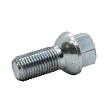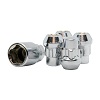Braking for the camera won't help here. This is how they calculate speed on A/S in Poland (2025)
The number of speeding violations on Polish roads continues to rise, especially on long, smooth stretches of highways and expressways. Traditional speed cameras are no longer sufficient, as drivers easily "fool" them with momentary braking. Sectional speed measurement changes this paradigm: it measures the travel time between toll booths and assesses the average speed over the entire section of road, effectively enforcing smooth and legal driving.
In this article, we explain how the OPP works, where you're most likely to encounter them in Poland, and how to safely and stress-free travel through monitored sections. We focus on reliable information, practical tips, and up-to-date locations – in a format accessible to every driver.
As of: 27/08/2025
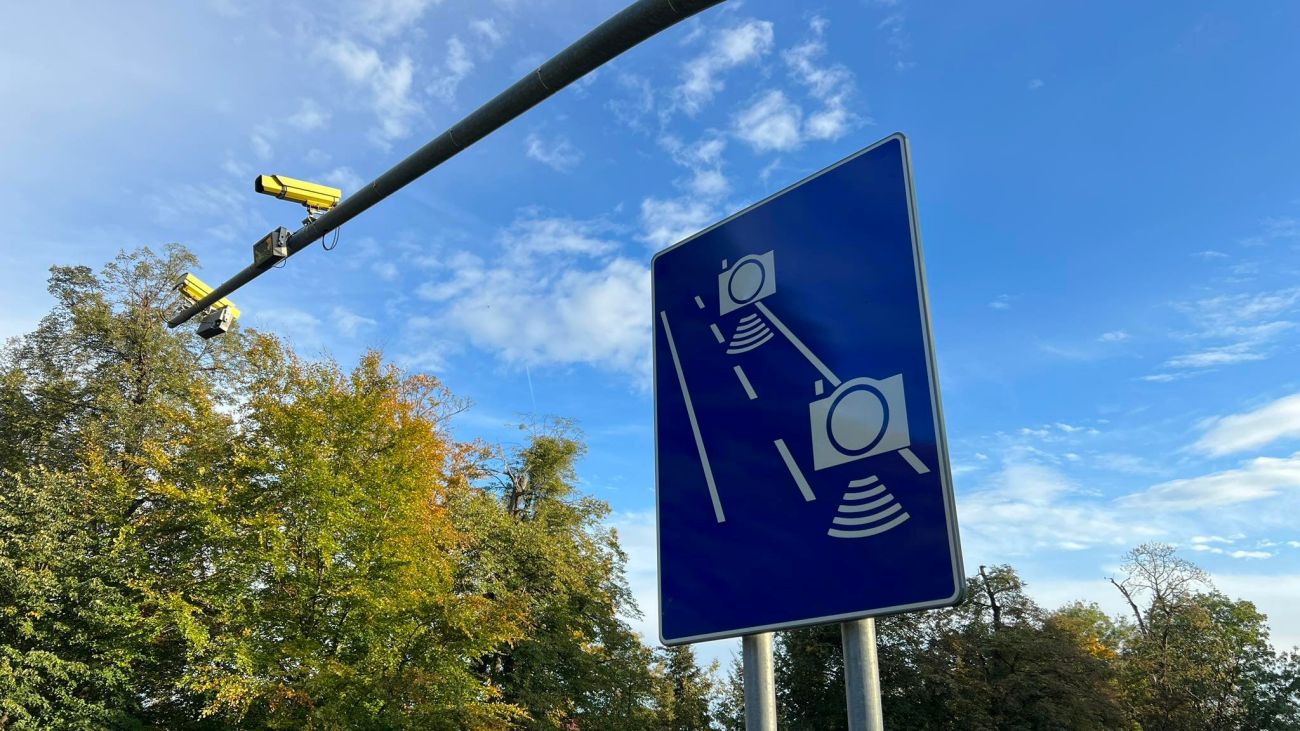
What is OPP and how does it work?
Sectional speed cameras (SPCs) are a system that doesn't catch drivers "at a single point," but rather measures the travel time between two toll booths on a specific section of road and then calculates the average speed. If this average is higher than the posted speed limit, a fine is issued. SPCs operate independently of lane changes or momentary braking "into the camera's path," and are therefore more effective than traditional speed cameras. The number of such cameras is growing rapidly in Poland, with dozens of installations already on motorways, expressways, and national roads.
Section, time, average
- Camera A records the moment of entry (license plate, time)
- Camera B records the moment of departure
- The system calculates the average speed based on the length of the section and the travel time
- If average > limit – data goes toCANARD (Centre for Automatic Road Traffic Supervision) at GITD, where the proceedings are conducted
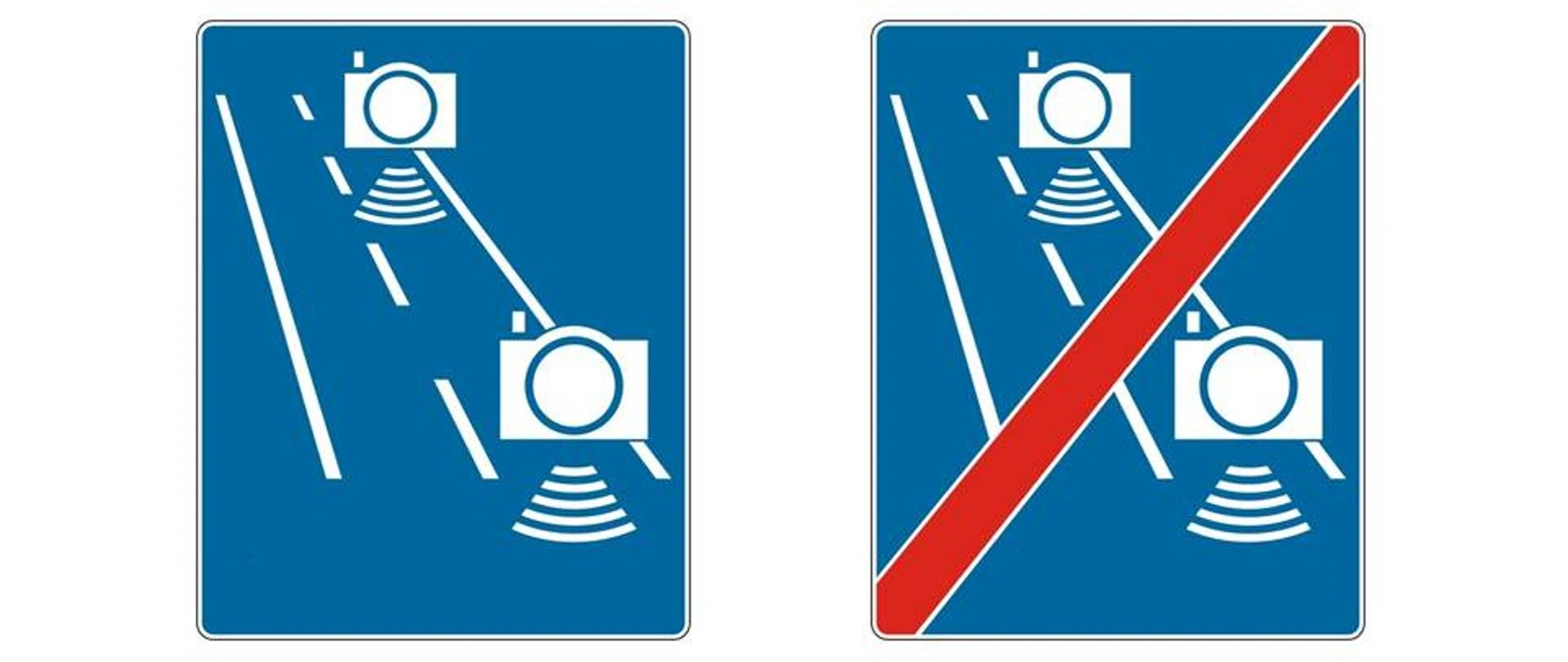
The signage you will see
The beginning and end of the OPP section are marked with signs D-51a (beginning) and D-51b (ending). You don't need to "know" the location – the information is always on the signs .
"Can you change lanes? What about stopping?"
- Changing lanes does not matter - the system counts the time between gates, and does not "track" the lane
- Stopping in a rest area/parking area within the section will formally lower the average, but stopping on the emergency lane unnecessarily is prohibited - it is risky and may result in a fine.
- Variable limit: in tunnels and roadwork areas the limits are sometimes lower; the OPP will "obey" the limit for a given section (see signs)
Why OPP is coming and where you will find it most often
In 2024–2025, CANARD expanded its OPP capabilities to include highways and expressways . The installation of 43 new units has been announced, which will monitor nearly 400 km of expressways. After this phase, CANARD will have over 100 OPP devices (114). The goal is to enforce constant speeds and reduce accidents in areas where drivers most often lose their bearings: long, level stretches, tunnels, and urban interchanges.
How many such episodes are operating today?
Industry reports indicate approximately 71 active sections (August 2025) – this number grows as the system expands, with individual points sometimes temporarily shutting down. The longest active section is 14 km (S7, Białobrzegi bypass).
In practice, the busiest sections include the A4 Kostomłoty–Kąty Wrocławskie (8 km, speed limit 110 km/h) and the S7 Białobrzegi – they have the highest number of violations per year.
Check your cut-off time on the OPP section
Enter the distance and the speed limit indicated on the sign. The calculator will calculate the minimum travel time required to keep your average speed below the limit. For peace of mind, add 10–20 seconds to spare and drive smoothly (cruise control helps).
Note: This tool is for illustrative purposes only. Always follow current OPP signs and road markings.
Fines and points: what are the real risks?
Speeding fines at public transport stations (OPP) are based on the current tariff schedule – identical to those for traditional speed cameras. What can be confusing is that the OPP "looks" at the average speed, so "slowing down briefly for the camera" doesn't help. Look at the speed limit (e.g., 110 km/h on a section of the A4) and set cruise control . A section is usually several kilometers long, so maintaining a steady pace is the safest tactic. (You can find the current number of installations/limits on the official CANARD map).
| Exceeding | Fine (PLN) | Recidivism* | Points |
|---|---|---|---|
| +1–10 km/h | 50 | — | 1 |
| +11–15 km/h | 100 | — | 2 |
| +16–20 km/h | 200 | — | 3 |
| +21–25 km/h | 300 | — | 5 |
| +26–30 km/h | 400 | — | 7 |
| +31–40 km/h | 800 | 1600 | 9 |
| +41–50 km/h | 1000 | 2000 | 11 |
| +51–60 km/h | 1500 | 3000 | 13 |
| +61–70 km/h | 2000 | 4000 | 14 |
| +71 km/h and more | 2500 | 5000 | 15 |
* Recidivism: committing the same offence again within 2 years – the fine is doubled from the threshold of +31 km/h . Section speed measurement (SPCM) uses the same tariffs as spot speed cameras (the average for the section is taken into account).
Status: 27/08/2025
Where are section speed measurements operated in Poland? (selection of key locations)
Below is a brief list of the most important and frequently traveled locations, divided by road category. This summary is based on updated industry lists and CANARD announcements (as of summer 2025). You can view the full, constantly updated map on the CANARD website.
Legend: Length – length (km) • Limit – km/h • Dir. – direction (↔ both)
| Way | Episode (beginning → end) | Voivodeship | Length | Limit | Dir. | Comment |
|---|---|---|---|---|---|---|
| A2 | Poznań Komorniki → Poznań Krzesiny | large | ~12 | 120 | ↔ | A busy section of the Poznań bypass. |
| S7 | Białobrzegi (Falęcice) → Nowy Gózd | Masovian | 14 | 120 | ↔ | The longest OPP section in Poland. |
| S8 | Warsaw: Konotopa → Bemowo | Masovian | ~3 | according to characters | ↔ | Urban junction; heavy traffic. |
| S8 | Łabiszyńska (Warsaw) → Marki (Piłsud avenue) | Masovian | ~4 | according to characters | ↔ | Urban section with frequent crossings. |
| S8 | Wyszków: Lucynów village → Zakręzie street | Masovian | ~6.8 | according to characters | ↔ | A long section of the Wyszków bypass. |
| A4 | Kostomłoty → Kąty Wrocławskie | lower | ~8 | 110 | ↔ | A "classic" in violation statistics. |
| S3 (tunnel) | Upper Sady ↔ Nowe Bogaczowice | lower | ~2.5 | 80 | ↔ | OPP inside the tunnel (both directions). |
| DTS (DW902) | Katowice – city section | Silesian | ~3–4 | 80 | ↔ | City artery; high detection rate. |
| DW719 | Kanie → Branbusy | Masovian | ~1.3 | 50 | ↔ | Suburban entry to Warsaw. |
| DK93 (tunnel) | Świnoujście – tunnel under the Świna River | west-north | ~2.5 | according to characters | ↔ | New, high-profile location in the north. |
| A2 | MOP Leonia/Kuny → PPO Żdżary | large | ~11 | according to characters | ↔ | Often cited in industry rankings. |
Note: The OPP network is being expanded; selected points may be temporarily closed. Please verify signage and the official CANARD map before traveling.

Does OPP really improve safety?
Research and statistics from other countries (and Polish observations from recent years) show that public safety systems (OPP) limit extreme speeds and smooth traffic flows . Polish roads are already seeing a decline in speed peaks on monitored sections, and where OPP has been implemented in cities (e.g., interchanges on the S8 expressway in Warsaw), traffic is calmer – although thousands of violations still occur. On the A4 between Kostomłoty and Kąty Wrocławskie, the system recorded over 51,000 violations in 2024, which clearly demonstrates the scale of the problem and… the effectiveness of the measurement.
What's changing in 2025 and beyond
CANARD has announced the expansion of its OPP network by 43 devices on motorways and expressways (nearly 400 km of new sections). Upon completion of this phase, the total number of devices is expected to increase to approximately 114, and the total length of monitored routes to several hundred kilometers. In practice, this means that more and more long, "tempting" sections of fast driving will be subject to average speed measurement. Follow CANARD's announcements – installation is taking place in stages.

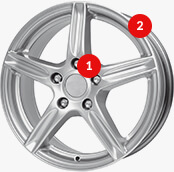

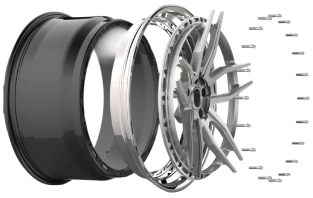
 Modern design
Modern design Perfect fit
Perfect fit High durability
High durability Free shipping within 24 hours
Free shipping within 24 hours
 Individual project
Individual project Dedicated caregiver
Dedicated caregiver

